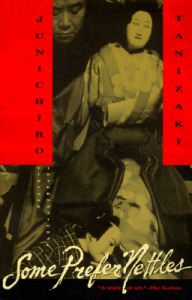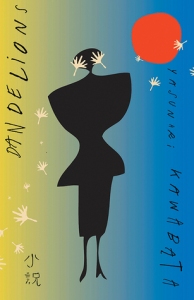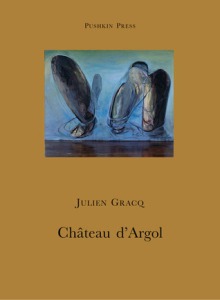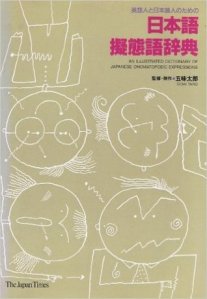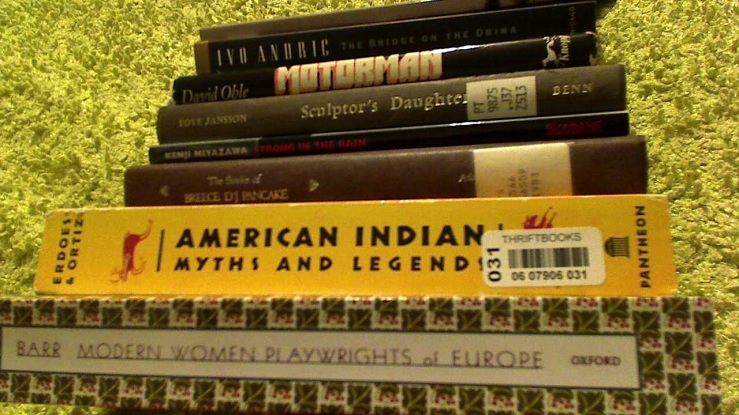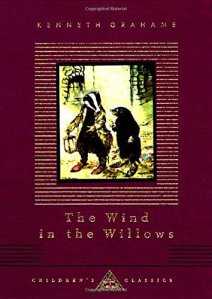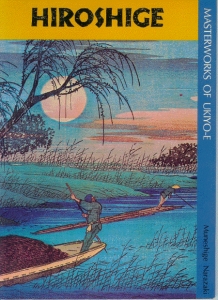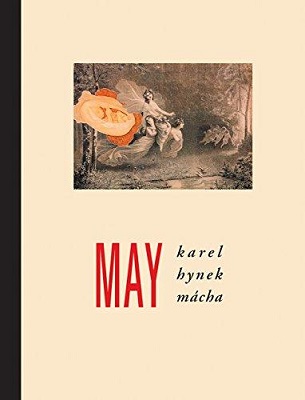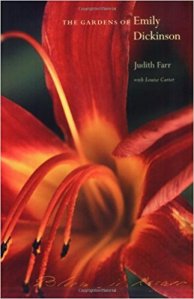
“[Higginson] quickly learned that Dickinson’s desire in composing poems resembled that of a scrupulous gardener cultivating new plants: she wanted them to be vital, symmetrical, well-established, and likely to survive.”
“Todd called the manuscripts ‘fascicles,’ a nineteenth-century synonym for bunches of flowers”
“The extent to which gardening was honored among nineteenth-century creative artists is illustrated by the fact that a distraught, impoverished, but flower-loving Edgar A. Poe regularly weeded the cramped grounds of his Fordham cottage–his only wholesome entertainment while is teenage wife Virginia lay dying.”

